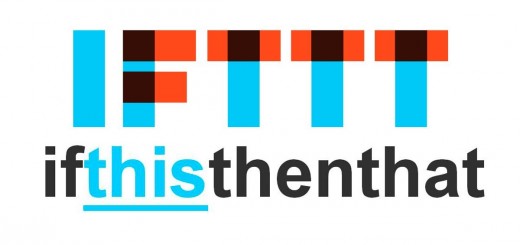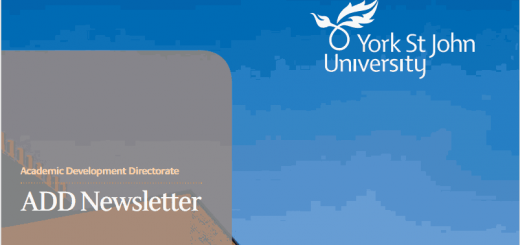Getting Started with Accessibility and Inclusion
Accessibility involves designing systems to optimise access. In education this involves reducing and overcoming the barriers that might occur in:
- Digital content
- Teaching and learning activities;
- Assessments.
The social model of disability suggests that the society or environment is disabling the individual rather than their impairment or difference.
Accessibility is about removing those barriers to enable users to engage and take part in everyday activities. (Jisc, 2015)
Disability History Month
UK Disability History month (UKDHM) takes place between 22 November and 22 December each year, visit the York St John Equality website for more help, information, advice and events.
Over the course of Disability History Month we’ll be blogging about issues related to inclusivity and accessibility, and in particular in relation to teaching and learning and technology enhanced learning, including closed captions and subtitles, Universal Design for Learning (UDL), and accessibility in Moodle and Mahara. We’ll also have guest posts from Students Services and Digital Training on things like assistive technology and creating accessible and inclusive documents and presentations.
Accessibility and Inclusion
To get you started with thinking about accessibility and inclusivity I thought I’d share a collection of online resources by Jisc, which provide a perfect place to start in understanding some of the issues we should be thinking about, and resources you can bookmark and refer back to time and time again.
Getting started with accessibility and inclusion
If you do nothing else for now then read this page on what is accessibility, what is assistive technology, and what can our organisation do?:
https://www.jisc.ac.uk/guides/getting-started-with-accessibility-and-inclusion
Meeting the requirements of learners with special educational needs
A guide to understanding the difficulties faced by learners with varying disabilities and how we and our organisation can support them:
https://www.jisc.ac.uk/guides/meeting-the-requirements-of-learners-with-special-educational-needs
Using assistive and accessible technology in teaching and learning
A guide to the assistive technologies that can support learners with special educational needs. Look out for guest posts from Student Services and Digital Training with more relevant and practical advice:
https://www.jisc.ac.uk/guides/using-assistive-and-accessible-technology-in-teaching-and-learning
Enhancing staff support for learners with disabilities
A guide to what different roles in our organisation can do to support disabled learners. Not involved directly in teaching and learning? Don’t worry, there are still things you can do if you work in IT, Library, Marketing, Staff Development or Senior Management:
https://www.jisc.ac.uk/guides/enhancing-staff-support-for-learners-with-disabilities
Through engagement with inclusivity and accessibility issues, and active consideration of what and how you use technology to facilitate learning and teaching, you will be aligning your practice to the UK Professional Standards Framework (UKPSF). In particular, but not limited to, the Professional Values and dimensions V1: Respect individual learners and diverse learning communities and V2: Promote participation in higher education and equality of opportunity for learners.
Today is the first day of UK Disability History Month (follow #UKDHM on Twitter), and even though we already have a range of posts scheduled there is still time for you to tell us what you’d like to know! Is there anything about accessibility and inclusivity that you’d like us to blog about? Let us know in the comments below and we’ll make it happen!
Phil


